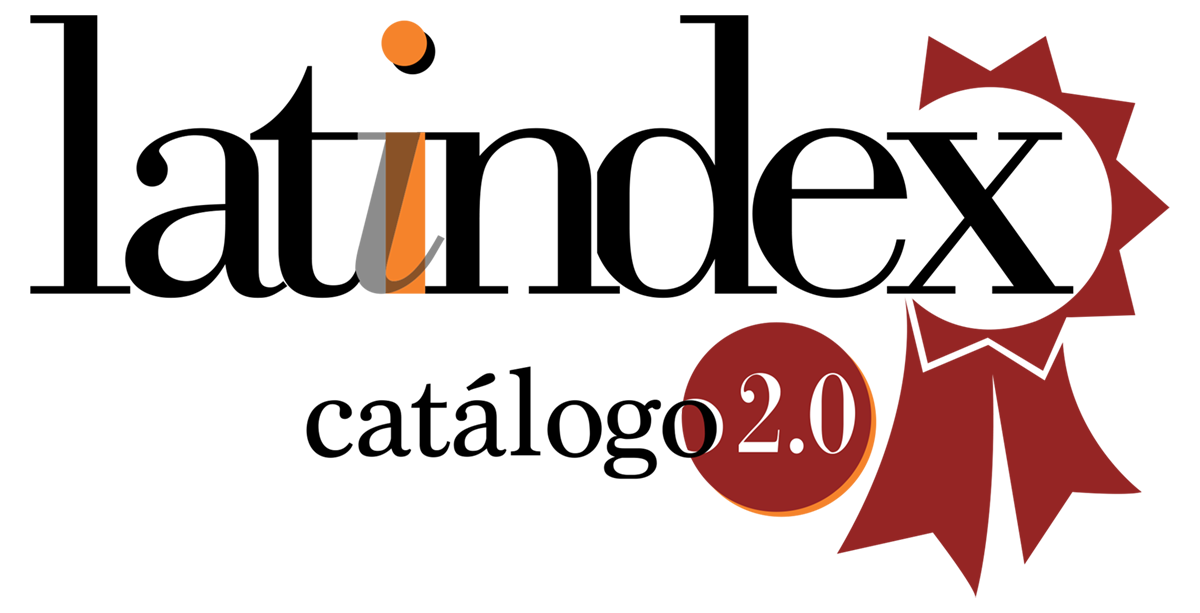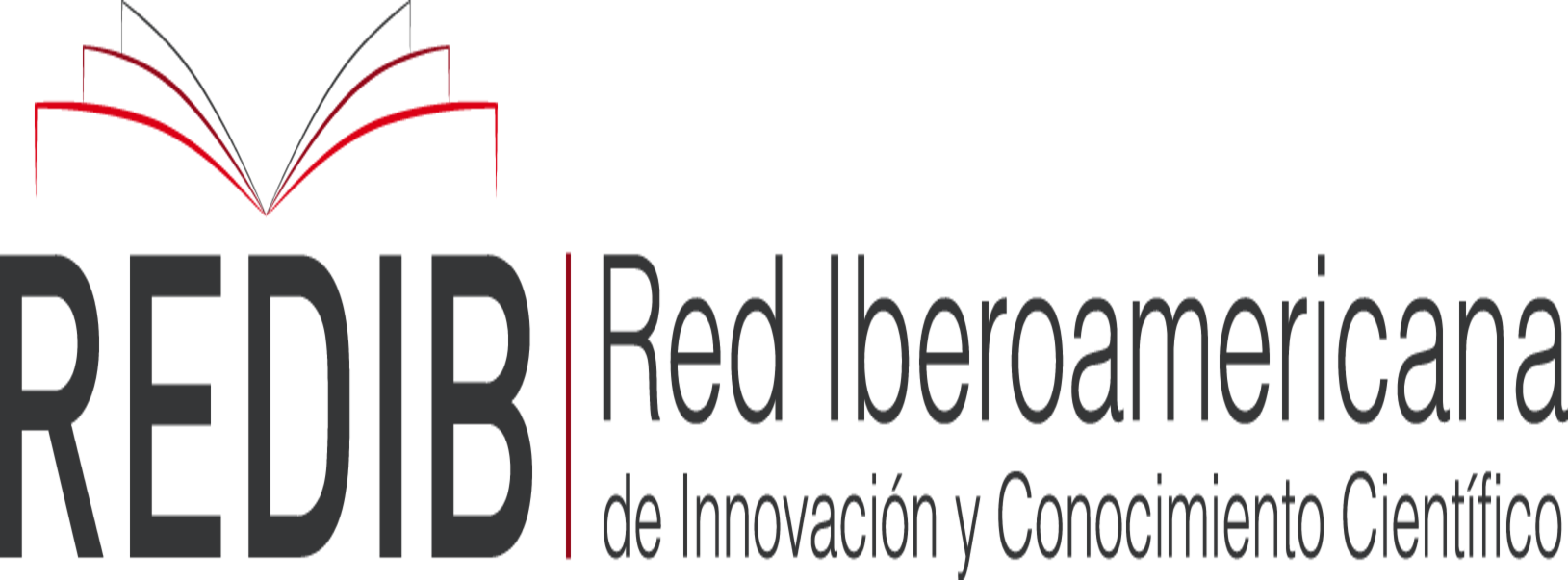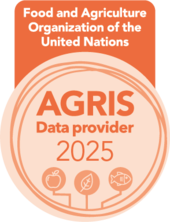Aqueous extract of Retama sphaerocarpa induces cytotoxic and genotoxic damage in meristematic cells of Allium sativum
DOI:
https://doi.org/10.57188/manglar.2024.040Abstract
The ingestion of aqueous extracts from medicinal plants is frequently used in Mexico to treat various diseases. Retama sphaerocarpa (R. sphaerocarpa) is a medicinal plant. However, there needs to be more information about its toxic potential. For this reason, the present study evaluated the cytotoxic, genotoxic, and cytostatic effects of the aqueous extract of R. sphaerocarpa using meristematic cells of Allium sativum (A. Sativum). Root primordia from A. sativum bulblets were exposed for 72 h to 5 g/L or 10 g/L of R. sphaerocarpa aqueous extract. Root length, presence of chromosomal aberrations and mitotic division rate were determined. The results indicate that the aqueous extract of R. sphaerocarpa (5 g/L or 10 g/L) induces cytotoxic, genotoxic, and cytostatic damage predicting its possible toxicity and evidence of possible health risks associated with its consumption.
Downloads
References
Algandaby, M. M. (2015). Assessment of acute and subacute toxic effects of the Saudi folk herb Retama raetam in rats. Journal of the Chinese Medical Association, 78(12), 691-701. https://doi.org/10.1016/j.jcma.2015.06.011
Bonciu, E., Firbas, P., Fontanetti, C. S., Wusheng, J., Karaismailoğlu, M. C., Liu, D., Menicucci, F., Pesnya, D. S., Popescu, A., Romanovsky, A. V., Schiff, S., Ślusarczyk, J., de Souza, C. P., Srivastava, A., Sutan, A., & Papini, A. (2018). An evaluation for the standardization of the Allium cepa test as cytotoxicity and genotoxicity assay. Caryologia, 71(3), 191-209. https://doi.org/10.1080/00087114.2018.1503496
Bucciarelli, A., Moreno, M., & Skliar, M. (2014). Efectos adversos de plantas medicinales y sus implicancias en salud. Revista de la Asociación Médica de Bahía Blanca, 24(1), 30.
El Baakili, A., Fadil, M., & Es-Safi, N. E. (2023). Ultrasonic-assisted extraction for phenolic compounds and antioxidant activity of Moroccan Retama sphaerocarpa L. leaves: Simultaneous optimization by response surface methodology and characterization by HPLC/ESI-MS analysis. Heliyon, 9(6), e17168. https://doi.org/10.1016/j.heliyon.2023.e17168
FISKESJO, G. (1993). The allium test in waste-water monitoring. Environmental Toxicology and Water Quality, 8(3), 291-298. https://doi.org/10.1002/tox.2530080306
Habli, Z., Toumieh, G., Fatfat, M., Rahal, O. N., & Gali-Muhtasib, H. (2017). Emerging Cytotoxic Alkaloids in the Battle against Cancer: Overview of Molecular Mechanisms. Molecules, 22(2), Art. 2. https://doi.org/10.3390/molecules22020250
Hammouche-Mokrane, N., León-González, A. J., Navarro, I., Boulila, F., Benallaoua, S., & Martín-Cordero, C. (2017). Phytochemical Profile and Antibacterial Activity of Retama raetam and R. sphaerocarpa cladodes from Algeria. Natural Product Communications, 12(12), 1934578X1701201211. https://doi.org/10.1177/1934578X1701201211
Khanna, N., & Sharma, S. (2013). Allium cepa root chromosomal aberration assay: A review. Indian journal of pharmaceutical and biological research, 1(3), 105-119.
Kristen, U. (1997). Use of higher plants as screens for toxicity assessment. Toxicology in Vitro, 11(1), 181-191. https://doi.org/10.1016/S0887-2333(97)00005-2
Kumar, V., Ameen, F., Islam, M., Agrawal, S., Motghare, A., Dey, A., Shah, M., Americo-Pinheiro, J., Singh, S., & Ramamurthy, P. (2022). Evaluation of cytotoxicity and genotoxicity effects of refractory pollutants of untreated and biomethanated distillery effluent using Allium cepa. Environmental Pollution, 300. https://doi.org/10.1016/j.envpol.2022.118975
Leme, D., & Marin-Morales, M. (2009). Allium cepa test in environmental monitoring: A review on its application. Mutation Research-Reviews in Mutation Research, 682(1), 71-81. https://doi.org/10.1016/j.mrrev.2009.06.002
López-Lázaro, M., Martín-Cordero, C., Cortés, F., Piñero, J., & Ayuso, M. J. (2000). Cytotoxic activity of flavonoids and extracts from Retama sphaerocarpa Boissier. Zeitschrift für Naturforschung C, 55(1-2), 40-43.
López-Lázaro, M., Martín-Cordero, C., Toro, M. V., & Ayuso, M. J. (2002). Flavonoids as DNA topoisomerase I poisons. Journal of enzyme inhibition and medicinal chemistry, 17(1), 25-29.
Louaar, S., Akkal, S., Laouer, H., & Guilet, D. (2007). Flavonoids of Retama sphaerocarpa leaves and their antimicrobial activities. Chemistry of Natural Compounds, 43(5), 616-617.
Morales Valverde, R. (1995). Plantas y cultura popular: La etnobotánica en España. Retamas y retamares.
Moujane, S., Bouadid, I., Bouymajane, A., Younes, F. Z., Benlyas, M., Mohammed, B., Cacciola, F., Vinci, R. L., Tropea, A., Mondello, L., Altemimi, A. B., Eddouks, M., & Moualij, B. (2024). Biochemical and toxicity evaluation of Retama sphaerocarpa extracts and in-silico investigation of phenolic compounds as potential inhibitors against HPV16 E6 oncoprotein. Fitoterapia, 175, 105923.
Nava, R. F., Sanchez, M. de la L. A., Solis, I. V., & García, D. L. Q. (2020). Plantas medicinales que se comercializan en el mercado 8 de Julio y uno tradicional, ambos localizados en el centro de Actopan, Hidalgo, México. Polibotánica, 50, 209-243.
Olaru, A. L., Rosculete, E., Bonciu, E., Rosculete, C. A., & Sarac, I. (2020). Evaluation of the cytogenetic effects of Quantis biostimulant in Allium sativum cells. Notulae Botanicae Horti Agrobotanici Cluj-Napoca, 48(2), 681-691. https://doi.org/10.15835/nbha48211788
Pardo de Santayana, M., Morales, R., Tardío, J., & Molina, M. (2018). Inventario español de los conocimientos tradicionales relativos a la biodiversidad. Fase II (1). Ministerio de Agricultura y Pesca, Alimentación y Medio Ambiente, Madrid.
Rodrigues, F., Angeli, J., Mantovani, M., Guedes, C., & Jordao, B. (2010). Genotoxic evaluation of an industrial effluent from an oil refinery using plant and animal bioassays. Genetics and Molecular Biology, 33(1), 169-175. https://doi.org/10.1590/S1415-47572010005000006
Shi, Q. I. U., Hui, S. U. N., Zhang, A.-H., Hong-Ying, X. U., Guang-Li, Y. A. N., Ying, H. A. N., & Xi-Jun, W. (2014). Natural alkaloids: Basic aspects, biological roles, and future perspectives. Chinese Journal of Natural Medicines, 12(6), 401-406. https://doi.org/10.1016/s1875-5364(14)60063-7
Taylor, A. T., & Clowes, F. a. L. (1978). Temperature and the Coordination of Cell Cycles Within the Root Meristem of Allium Sativum L. New Phytologist, 81(3), 671-680. https://doi.org/10.1111/j.1469-8137.1978.tb01642.x
Touati, R., Santos, S. A., Rocha, S. M., Belhamel, K., & Silvestre, A. J. (2015). Retama sphaerocarpa: An unexploited and rich source of alkaloids, unsaturated fatty acids and other valuable phytochemicals. Industrial Crops and Products, 69, 238-243. https://doi.org/10.1016/j.indcrop.2015.02.016
Velázquez, G., Pérez, B., Rodríguez, V., & Handal, A. (2022). Genotoxicity and cytotoxicity of Sambucus canadensis ethanol extract in meristem cells of Allium sativum. Caryologia. 75(1), 99–107. https://doi.org/10.36253/caryologia-1307
Waziri, P. M., Abdullah, R., Yeap, S. K., Omar, A. R., Kassim, N. K., Malami, I., How, C. W., Etti, I. C., & Abu, M. L. (2016). Clausenidin induces caspase-dependent apoptosis in colon cancer. BMC Complementary and Alternative Medicine, 16, 256. https://doi.org/10.1186/s12906-016-1247-1
Downloads
Published
Issue
Section
License
Copyright (c) 2024 Katia Alejo-Martínez, Héctor Javier Espíritu-Sánchez, Patricia Álvarez-Fitz, Ma. Elena Moreno-Godínez, Marco Antonio Ramírez-Vargas

This work is licensed under a Creative Commons Attribution 4.0 International License.

Manglar is an open access journal distributed under the terms and conditions of Creative Commons Attribution 4.0 International license









